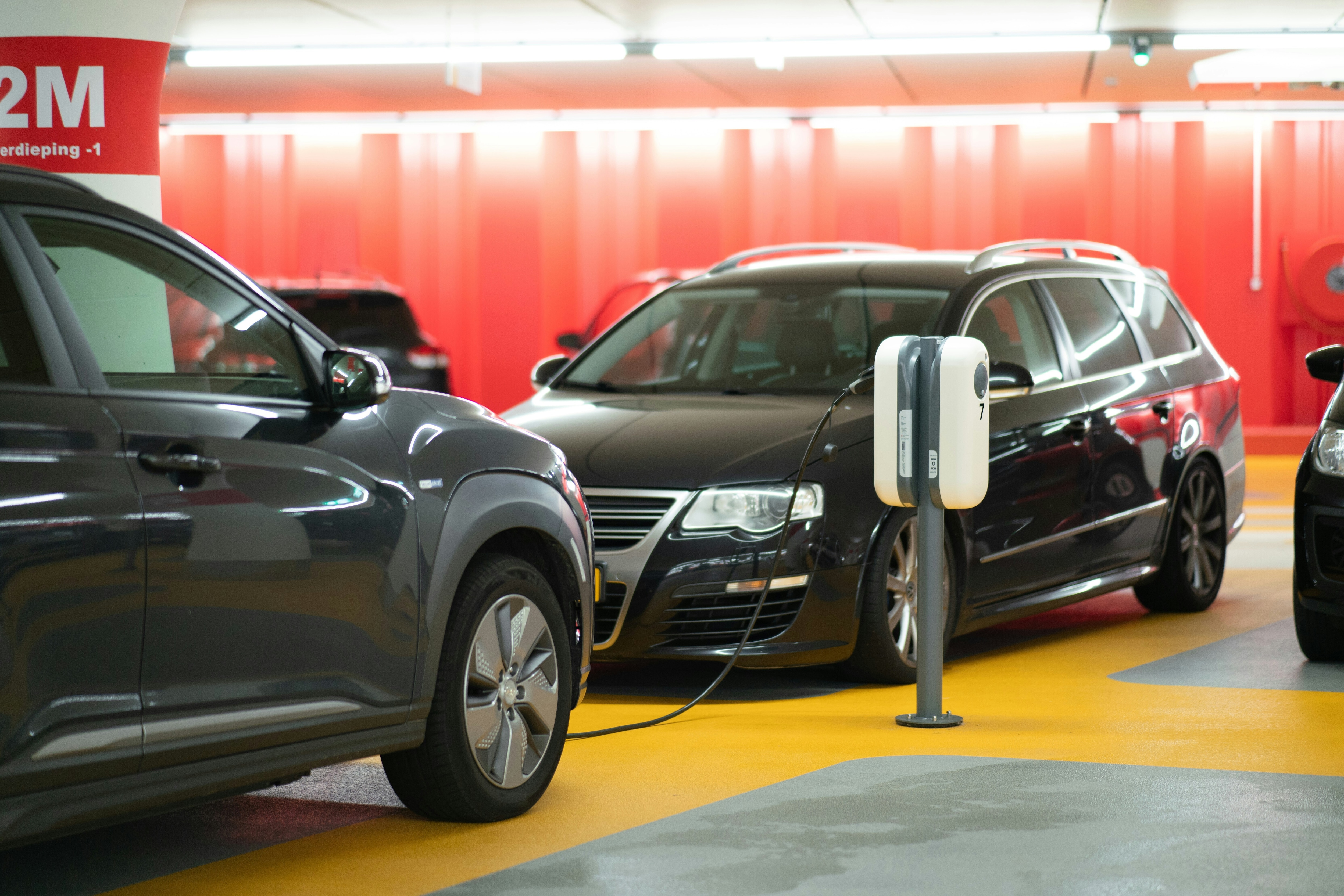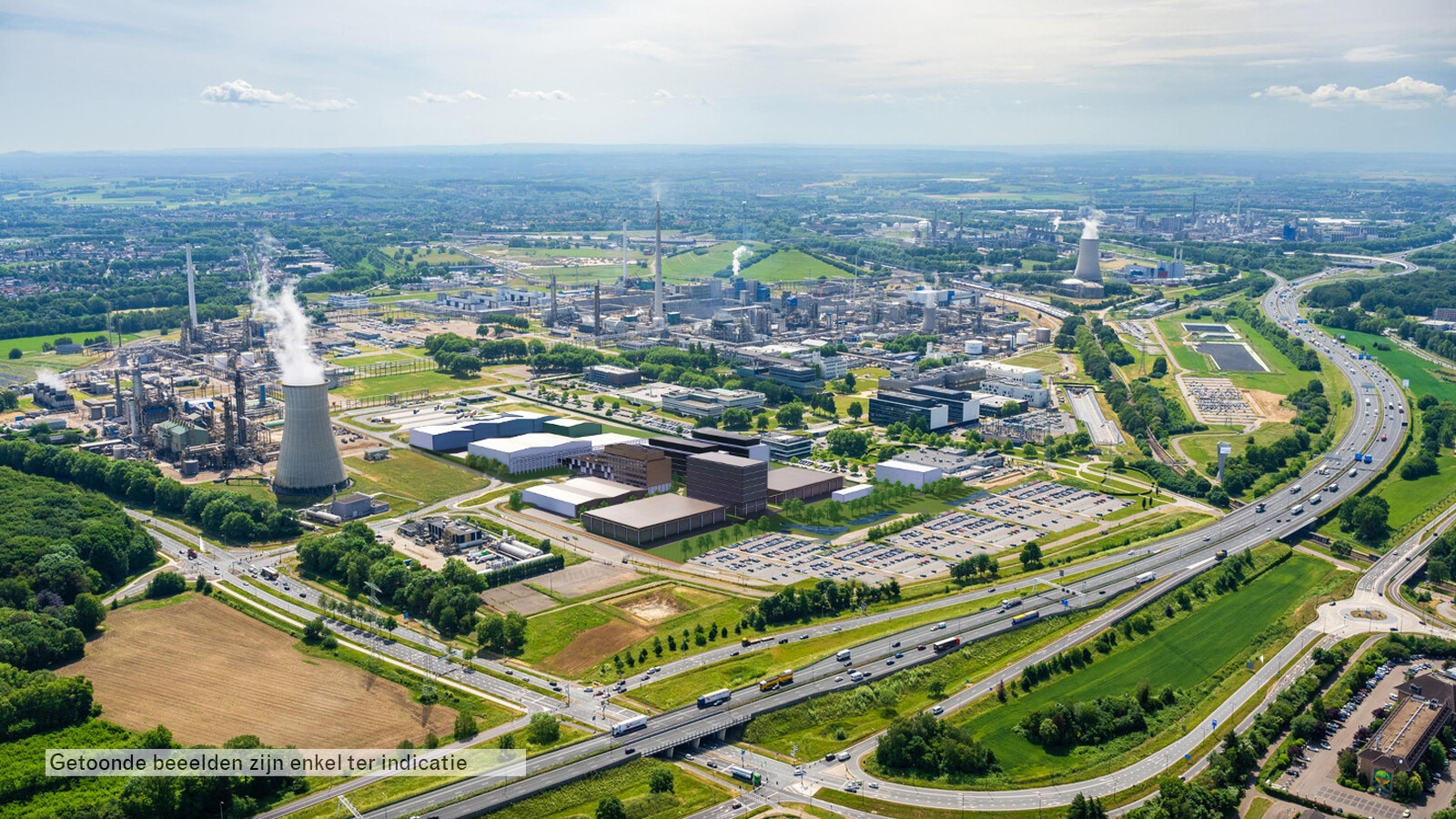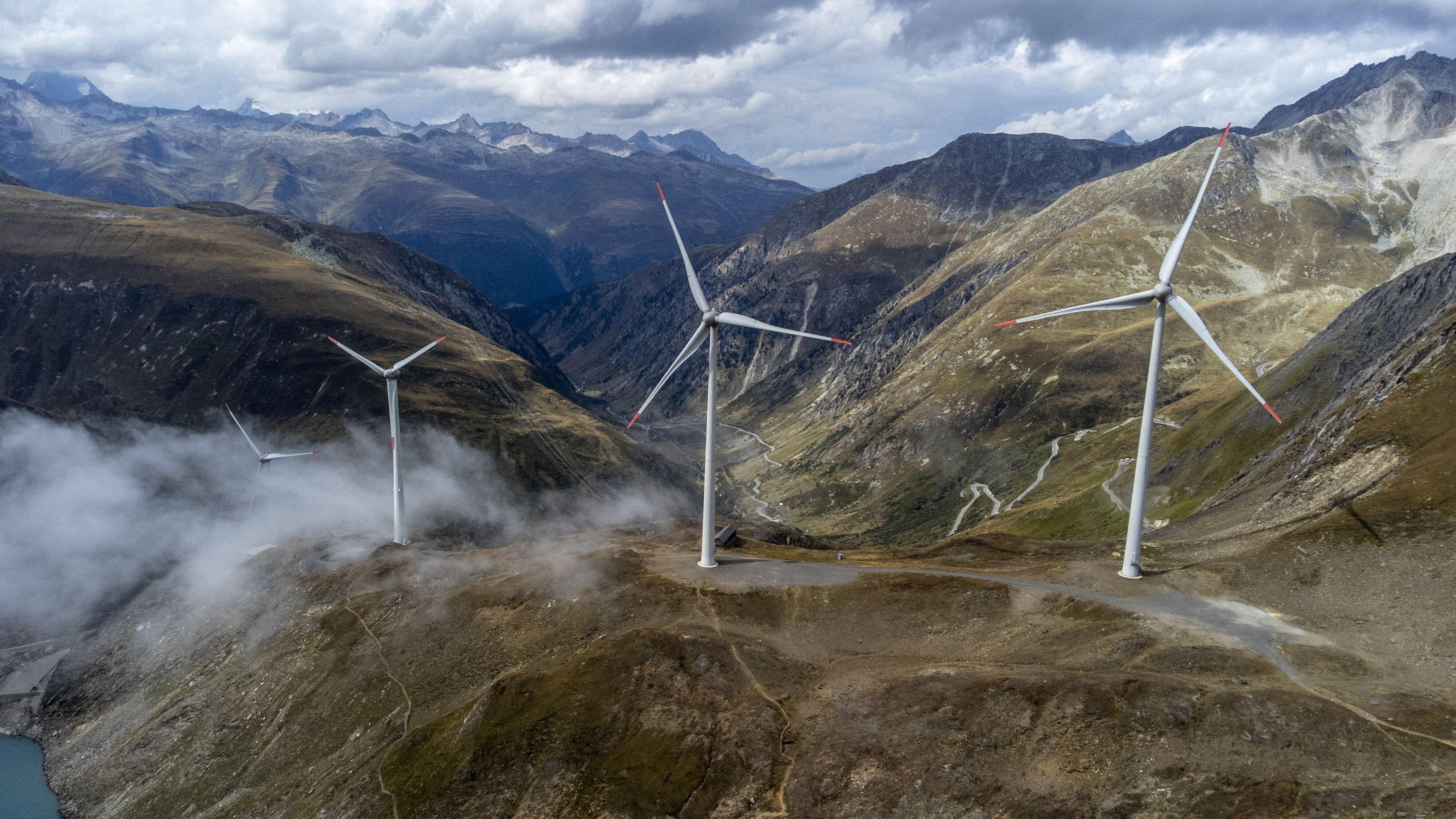Energy Transition Index 2025: Five strategies for a more resilient and competitive energy system

The 2025 Energy Transition Index finds that we are past the dawn of a new era but challenges remain Image: via REUTERS
Roberto Bocca
Head, Centre for Energy and Materials; Member of the Executive Committee, World Economic Forum- The energy transition is unfolding in an increasingly volatile and fragmented world.
- The World Economic Forum’s 2025 Energy Transition Index shows a global annual improvement, but also highlights how vulnerable energy systems are to external forces.
- One thing is clear: resilient, inclusive systems are not just a climate imperative, they are the foundation for economic competitiveness and security in the 21st century.
The World Economic Forum’s 2025 Energy Transition Index, which assesses the three key dimensions of security, equity and sustainability, shows a 1.1% year-on-year increase in the global average score – more than twice the average pace of the previous three years. On the surface, this is something to celebrate. However, persistent vulnerabilities remain. Ongoing conflicts continue to disrupt trade flows, while global energy demand surged by 2.2%—well above the decade’s average—driven by economic growth, record electricity use for cooling during heatwaves, increased electrification, and the expansion of data centres, including those supporting AI. Meanwhile investment growth – although high in absolute terms – is losing momentum.
While equity and sustainability performance have improved—driven by stabilizing energy prices and continued environmental progress—energy security has seen only modest gains, with a 0.4% improvement in 2025 highlighting persistent constraints on system flexibility. Overall momentum in transition readiness has slowed to 0.8%, falling below the 10-year average for the first time in years. Emerging technologies like AI and GenAI offer opportunities to boost system efficiency and flexibility, but they also increase demand pressures on the grid. Broader resilience is further challenged by geopolitical shifts, uneven capital flows, and infrastructure bottlenecks.
In this context of mounting uncertainty, the growing understanding of the energy system’s complexity offers a timely opportunity to address the transition more holistically through reimagined policies, coordinated action and system-level thinking.
The following examples of successful progress in the energy transition point to five actions that can help shape an integrated path forward – rooted in emerging realities and the complexity of today’s energy systems.
How is the World Economic Forum facilitating the transition to clean energy?
1. Adopt stable, adaptive policy frameworks that drive long-term investment and support cooperation
A stable policy environment is essential to attract the capital and innovation needed for a net-zero future. The report finds that regulation and political commitment improved in 2025, but progress has been slowing, with the annual growth rate declining from 2.9% between 2019 and 2022 to 1.5% between 2022 and 2025.
The countries leading the regulation and political commitment dimension of the Energy Transition Index in 2025, included Luxembourg, Denmark and Germany, who combined ambitious targets with cross-sector planning and long-term regulatory clarity. And, emerging markets are also showing what is possible. China, which committed to an economy-wide emissions reduction plan in April 2025, has coupled long-term planning with execution by scaling clean energy faster than any other country. Likewise, India has improved regulation over the past decade. India’s National Green Hydrogen Mission (2023) provides targeted incentives based on each state’s industrial strengths, while aligning with national and global decarbonization goals.
To replicate this success, governments can play a pivotal role by fostering regulatory clarity, strengthening implementation capacity and supporting the long-term timelines needed to mobilize capital for large-scale energy transformation.
2. Modernize energy infrastructure, especially grids and storage
Energy demand surged 2.2% in 2024, driven by electrification, including from data centre expansion, placing additional pressure on grid infrastructure. Moreover, energy security progress was minimal, averaging 0.4%, due in part to declines in power system flexibility. Capacity to respond to demand shocks and variable supply was still insufficient and integrating renewable energy into the grid remains a challenge. Going forward, infrastructure investments must prioritize grid modernization, decentralization and digitalization to enhance system flexibility and support renewable integration.
Latvia and the UAE, among the fastest movers in the Energy Transition Index, demonstrated the power of clean energy adoption and targeted reforms. Brazil made significant investments in its north-south transmission backbone, the National Interconnected System, enabling solar from the north-east to serve industrial hubs in the south. Singapore commissioned Southeast Asia’s largest battery energy storage system (200 MW/200 MWh) on Jurong Island to enhance grid stability and manage solar intermittency. The system plays a key role in cross-border power trade under the ASEAN power grid, aiming to import up to 4 GW of low-carbon electricity by 2035.
Modern, flexible digital power grids improve interconnections and ensure infrastructure can support current reliability and future scalability, while optimizing the returns available for invested capital.
3. Invest in skilled talent to help boost innovation and execution capacity
A just and effective transition depends on people. The clean energy economy needs skilled engineers, planners and technicians – yet many countries face shortages due to underinvestment in education and human capital.
Building transition resilience means building human resilience – at scale and with purpose. ETI top performers share a commitment to developing energy talent. Finland and Germany have strong vocational pathways linked to clean tech industries. However, markets such as China have also massively expanded their clean energy labour force, alongside their innovation ecosystem, particularly in solar PV, batteries and electric vehicles. Likewise, India with its large youth population, is training clean energy entrepreneurs and grid technicians under the Skill India Mission and similar state-led programmes.
Future progress hinges on investments in technical education, training programmes and just transition frameworks that prepare workers for evolving industries.
4. Accelerate clean tech commercialization, especially in hard-to-abate sectors
In 2023, clean electricity accounted for 49% of global power generation, but heavy industry, transport, and heating have yet to show large-scale commercial progress in shifting away from fossil fuels.
Some points of success are emerging. China is advancing in hydrogen and energy storage and leads the adoption of cost-effective and lithium iron phosphate (LFP) batteries, which do not rely on nickel. The country's focus on LFP technology has contributed to the global shift away from nickel manganese cobalt (NMC) batteries. Brazil is piloting biofuel blends for aviation and heavy transport, leveraging its ethanol expertise, while exploring the potential to become a green hydrogen superpower. As with digital, clean tech adoption should focus on sector-specific solutions that are aligned with national strengths.
It is clear that collaboration between the public and private sectors will be essential to pilot, de-risk and scale clean energy technologies — particularly in regions where their adoption can deliver both environmental and economic benefits. Initiatives like the First Movers Coalition exemplify this approach by bringing together several companies and leveraging their purchasing power to invest in technology that decarbonises heavy emitting sectors. Efforts should also aim to lower the cost of technologies and their supply, while simultaneously encouraging greater demand for clean energy solutions.
5. Enhance capital investment in developing economies
The energy transition is global, but capital flows are not. Emerging and developing economies account for 80% of demand growth, yet receive only a fraction of clean energy investment.
Nigeria’s 36.8% jump in transition readiness, fuelled by reform, infrastructure and financing improvements, shows what's possible with the right enablers in place. Mozambique, which demonstrated the second fastest increase in the region, is also becoming a key player in Africa’s energy landscape, with the revival of its $20 billion LNG project.
These examples show it is possible, with the right conditions, for emerging markets to attract capital but take a structured approach. Key solutions include de-risking tools, blended finance structures, sovereign green bonds and regional investment platforms backed by development finance institutions.
From momentum to resilience
While there’s often a tendency to speak of the global energy transition as a single, linear pathway, the reality is far more complex. In fact, there are multiple energy transitions unfolding – each shaped by a country’s unique priorities, capacities and risks and progressing at different speeds and in different ways.
This year's Energy Transition Index highlights three system-level priorities to keep the energy transition on track. These include redefining energy security beyond traditional supply concerns to include grid resilience and digital infrastructure; correcting capital imbalances, particularly in emerging economies; and addressing infrastructure bottlenecks, such as permitting delays, workforce gaps and grid capacity, which now constrain progress more than technology availability.
One thing is clear: resilient, inclusive systems are not just a climate imperative, they are the foundation for economic competitiveness and security in the 21st century. In a world where the only constant is change, the most resilient systems will be those designed to adapt – built for today’s pressures and tomorrow’s possibilities.
To dive deeper into how the energy transition is evolving and to find out more about what’s next, tune into the latest episode of Radio Davos.
Don't miss any update on this topic
Create a free account and access your personalized content collection with our latest publications and analyses.
License and Republishing
World Economic Forum articles may be republished in accordance with the Creative Commons Attribution-NonCommercial-NoDerivatives 4.0 International Public License, and in accordance with our Terms of Use.
The views expressed in this article are those of the author alone and not the World Economic Forum.
Stay up to date:
Energy Transition
Forum Stories newsletter
Bringing you weekly curated insights and analysis on the global issues that matter.
More on Energy TransitionSee all
Steve Smith
December 19, 2025








